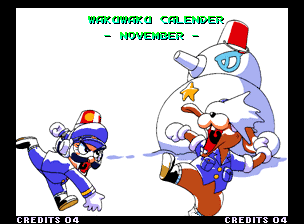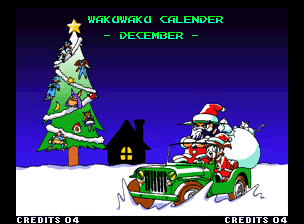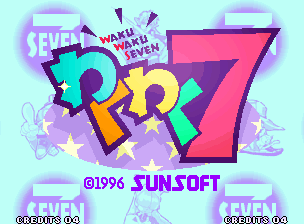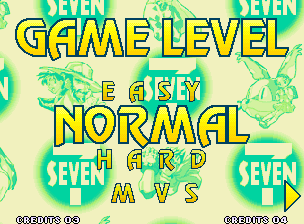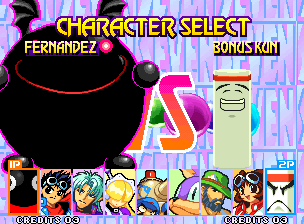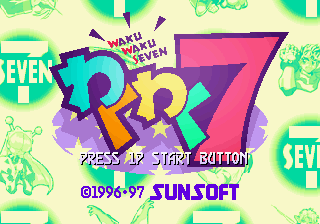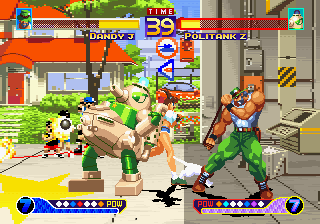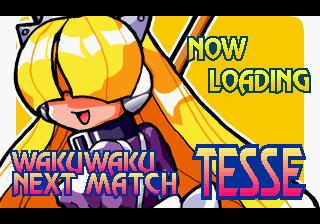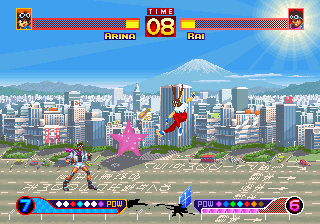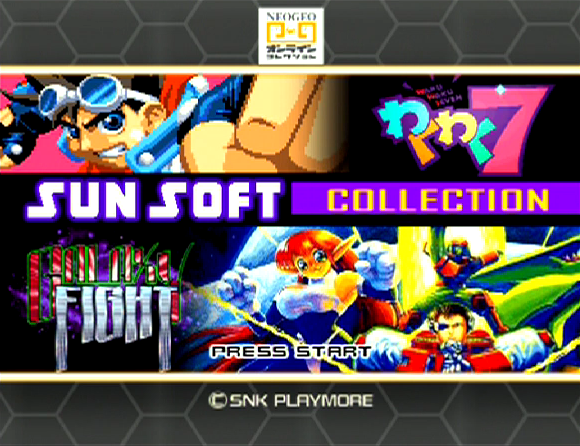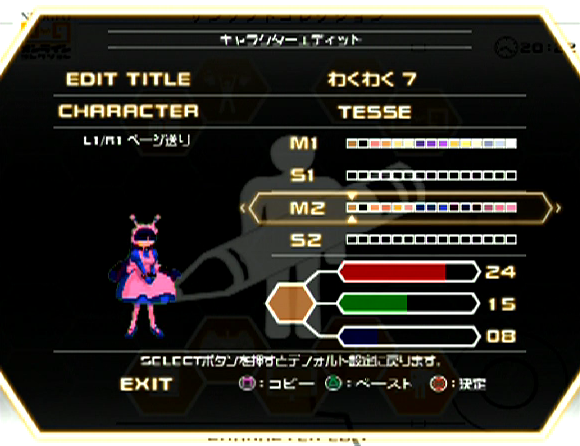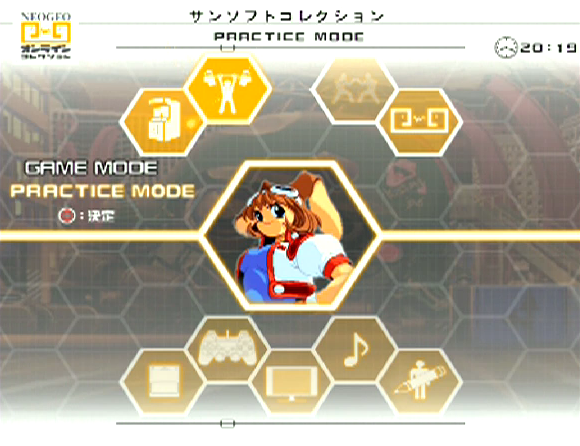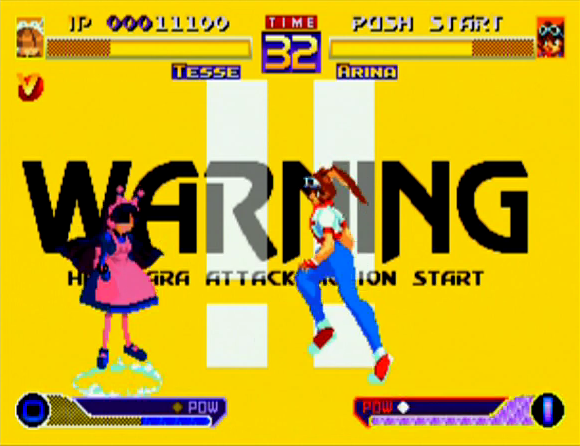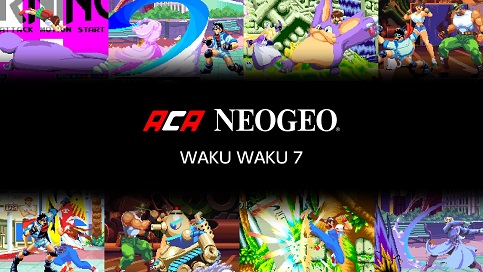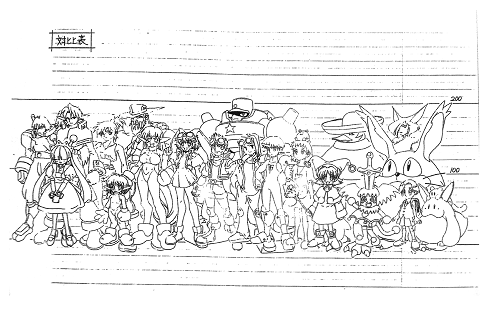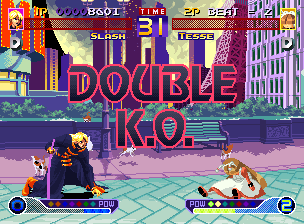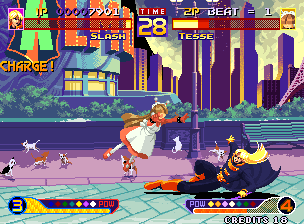
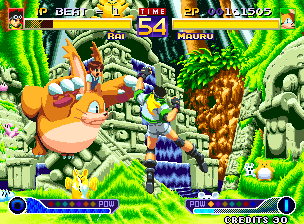


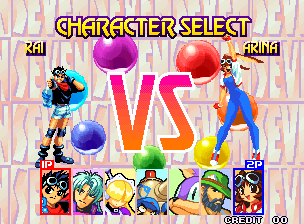
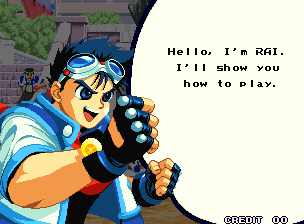  A junior high school student who loves adventures & the outdoor life. Very active. He uses electrical shocks to attack. |
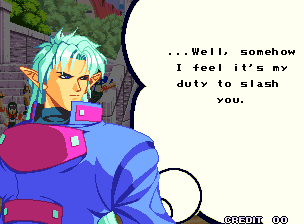  Slash is a monster hunter from the world of monsters. His job is to punish the evil monsters who escape from their world to this one. He fights with a sword of light, and likes wandering, and eating bowls of rice with tempura. |
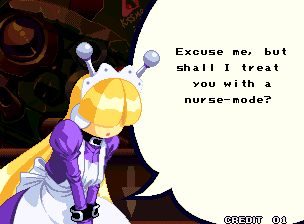  The 7th automaton developed by Dr. Lombrozo. Each part of her can be easily replaced. She loves human beings and wishes to become one. |
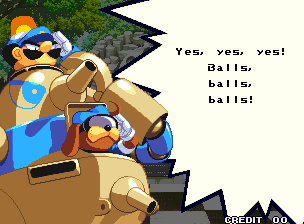  An armoured tank developed by the head of the WakuWaku Central Police Department, to maintain global peace and further his own ambition. POLITANK-Z is maintained by the dog HAMASUKE. |
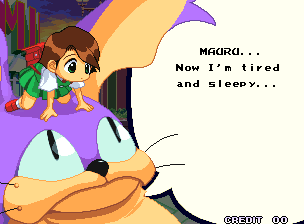  A big animal living in the woods, who understands human words to some degree. Likes fruit and singing. Met MUGI, a little girl, when she was lost and crying alone in the woods. |
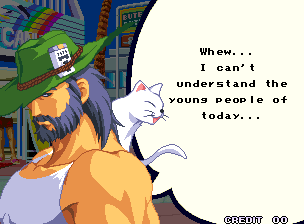  A famous treasure hunter who is travelling around the world with NATSUMI and RAMPOO. He started on his current quest when he was asked to find the legendary "WakuWaku Seven" treasure. |
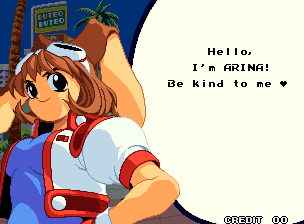  A junior high school student who likes sports, Arina learned fighting skills as a compulsory subject at school She loves sweets and shopping, and has big, charming, long ears. |
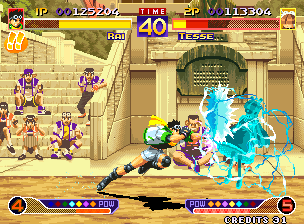
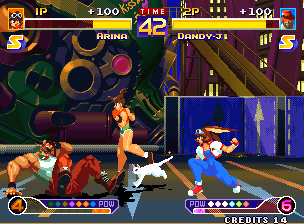
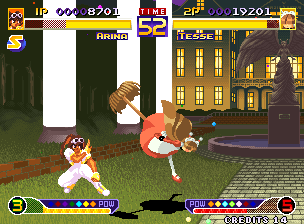
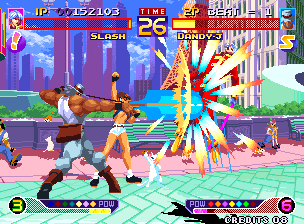
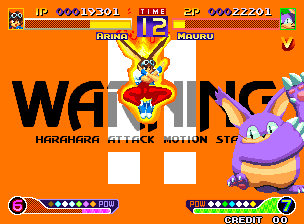
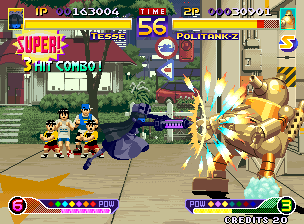
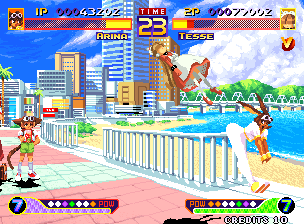
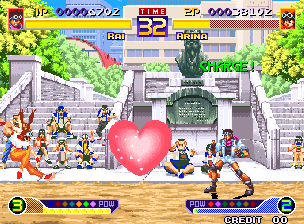

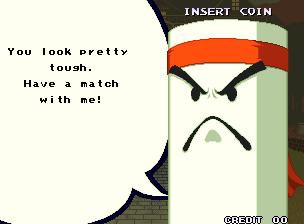
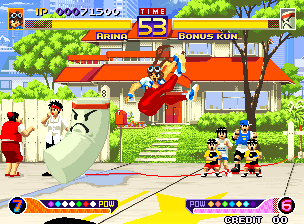
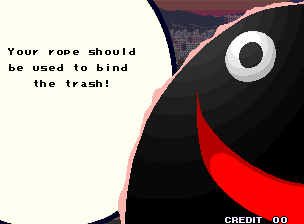
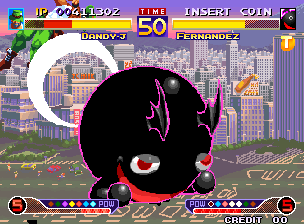
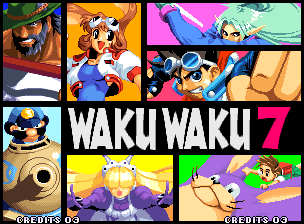
| Method | Effect | Screenshot | |||||||||||||||||
|---|---|---|---|---|---|---|---|---|---|---|---|---|---|---|---|---|---|---|---|
(JAPANESE BIOS ONLY) |
When fighting on Arina's stage, hold A + D + 1P Start before the match begins. There will be no sound to confirm correct code entry. |
The POW Meters will be covered by a flickering black bar, and the lyrics to The Excitement Never Stops will be displayed karaoke-style. | 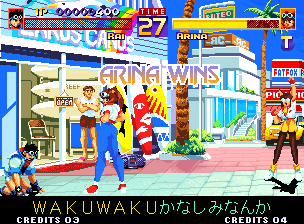 |
||||||||||||||||
| Hold Up-Right + A + 1P Start before a match begins in a single-player game. A male voice will confirm correct code entry. |
Your opponents in single-player mode will now use palettes other than the default ones. Repeating the code will make your opponents use the default palettes again. |
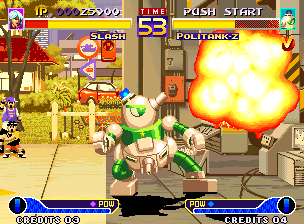 |
|||||||||||||||||
| Hold Right + C + 1P Start before a match begins. A male voice will confirm correct code entry. |
The camera will be completely zoomed out for the next fight. | 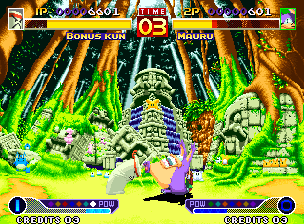 |
|||||||||||||||||
| Hold Left + 1P Start before a match begins. A male voice will confirm correct code entry. |
The game will now use a different, strange set of victory icons. | 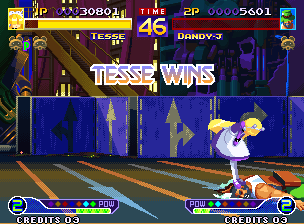 |
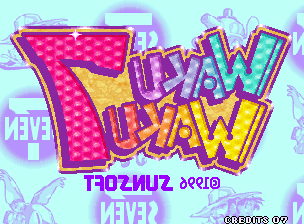
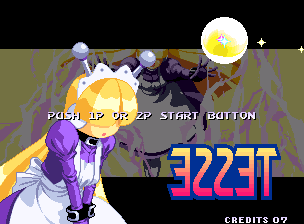
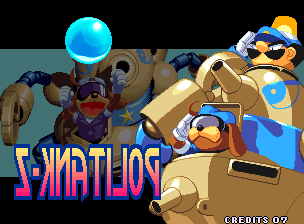
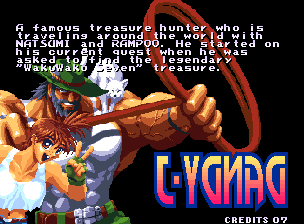

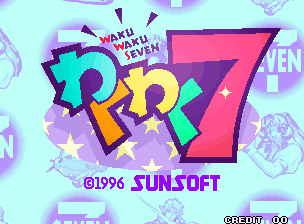
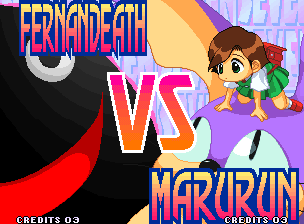
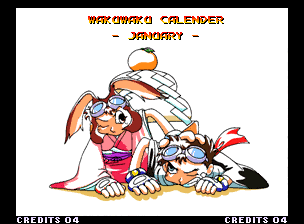
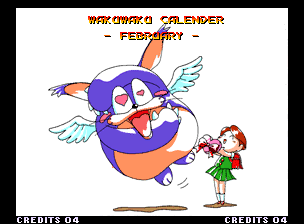
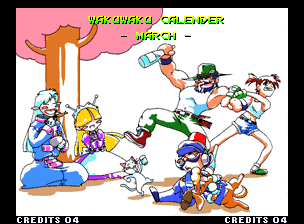
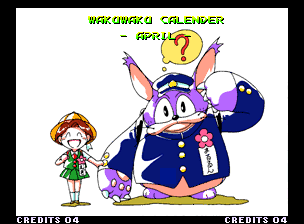
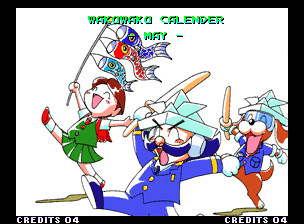
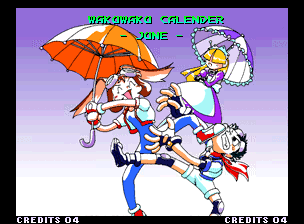
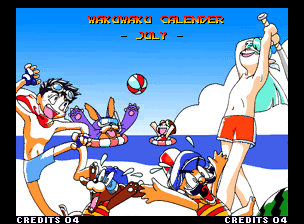
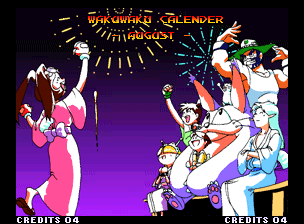
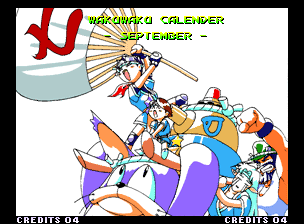
![WAKUWAKU HOT SWEET POTATO!!
(Baked sweet potato is good to eat in the cold months.)
[... You snuck a Love Live! screencap into the Waku Waku 7 article? You really do have the idol sickness. - Ed]](images/wakuwaku7/wakuwaku7calendar10.png)
